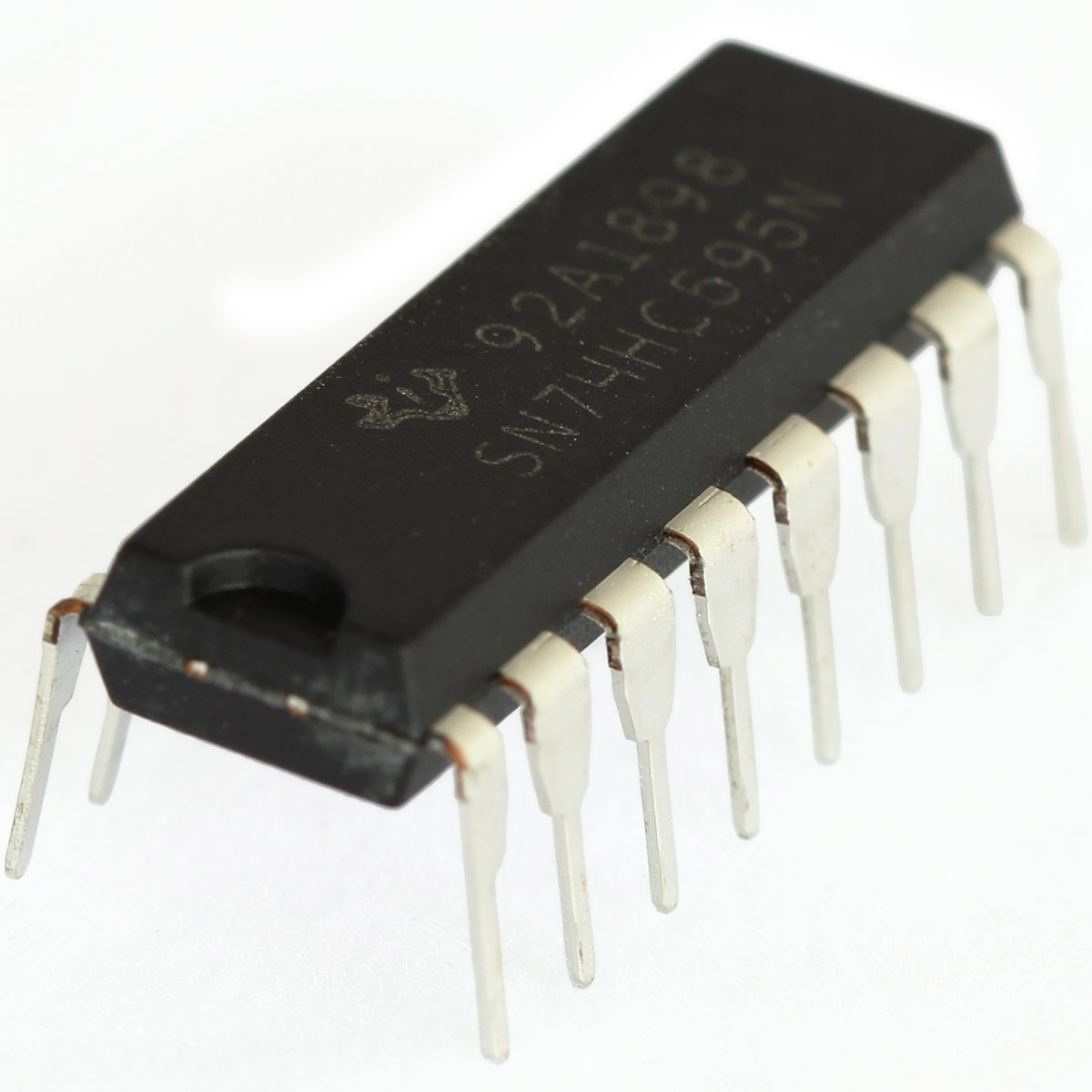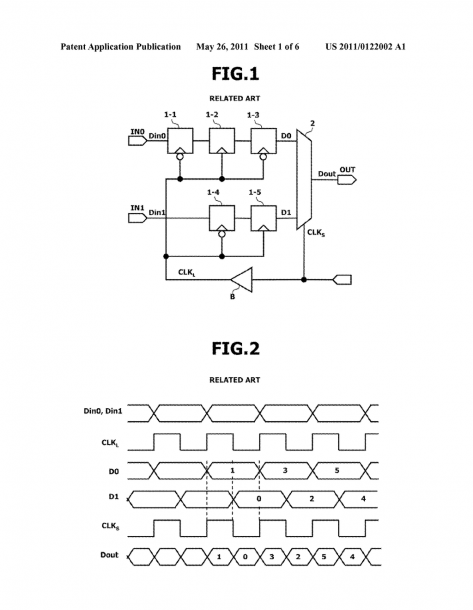

Here for example the binary value 0b10110011 is passed to the microcontroller. The Pin 12 is the Latch which updates the received the data to the output pins when made high, this pin can also be permanently held high. The below image will help you understand better.Īs you can see the clock is continues train of pulses, and the data goes high only at the respective place where the output has to get high. The pin 14 is Data which actually sends the Data about which output pins has to stay low and which should go high. In which pin 11 is the clock which sends a constant pulse to keep timing. The pins 11, 14 and 12 are connected to the GPIO pins of the Microcontroller. An application circuit of the IC is shown below: It has a wide operating voltage from 2V to 6V.

It requires only 3 pins connected to the MCU, which are Clock, Data, and Latch. The 74HC595 shift register is commonly used with microcontrollers or microprocessors to expand the GIPO functionalities. So if you are looking for an IC to save on your GPIO pins on the Microcontroller, then this IC might be the right choice for you. It can also be used to control 5V loads like relays through a 3.3V microcontroller since the high-level voltage is only 3.15. It can also be used to interface LCD screen since they can acts as the data bit for the LCD displays. It is often used in projects where relatively a large number of LED’s has to be controlled through the Microcontroller. This comes in very handy where do not have enough GPIO pins on our MCU/MPU to control the required number of outputs. it can receive (input) data serially and control 8 output pins in parallel. The 74HC595 is an 8-bit Serial In – Parallel Out Shift Register, i.e. Note: Complete technical details can be found in the 74HC595 datasheet given at the end of this page.Ĥ-Bit Parallel in Parallel out Shift Register



 0 kommentar(er)
0 kommentar(er)
